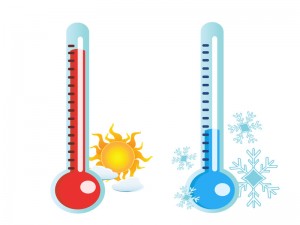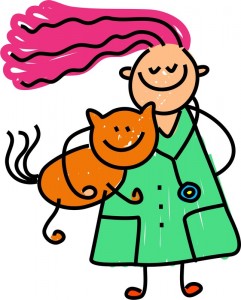Emotion Regulation Intervention Targets
The vast literature on emotion regulation suggests lots of targets for intervention. By targets we mean things you could try to change to improve someone’s emotion regulation capacity. Here are some of them, inspired by research, other people’s clinical interventions and some brainstorming on our part. No intervention would do all of these things. It would be too much. But we could imagine therapists and program developers beginning to piece together interventions from lists like these.
- Strengthened pathways between the amygdala and the pre-frontal cortex allowing easier and more frequent interaction between these parts of the brain during an emotion episode.
- Altered stress hormone levels.
- Increased neural plasticity.
- New neural structures in the basil ganglia region indicative of new habits of emotion regulation.
Beliefs and Knowledge Targets
- Strengthened beliefs that emotional states are tolerable and temporary.
- Strengthened beliefs that emotions are functional and valid.
- Increased willingness and ability to describe and observe emotional states, step back from them and avoid judging them.
- Increased willingness and ability to make room for uncomfortable emotional states.
- Development of an internalized standard that well-adjusted people regulate their emotional states in order to engage interpersonally with others and achieve their goals.
- Increased self-understanding about how one’s personal goals may lead to intense emotion episodes.
- Increased understanding of the antecedents of one’s emotion episodes.
- Increased understanding of how one’s emotion episodes end.
- Increased understanding of how one’s emotional reactions are reinforced in one”s environment.
- Increased understanding of common chains of events and cognitions involved in emotion episodes.
- Increased exercise.
- Improved sleep hygiene.
- More routinized schedules.
- The development of habits to use distraction or self-soothing strategies when needed during an emotion episode.
- Increased use of purposeful determination of whether certain situations should be avoided in order to prevent emotion episodes.
Cognitive Targets
- Increased ability to generate helpful, accurate thinking.
- Increased ability to recognize unhelpful thinking.
- Increased ability to flexibly apply attention during an emotion episode.
- Increased ability to switch to problem solving during an emotion episode.
Relational Targets
- Increased understanding of one’s emotional intensity on others.

- Increased willingness to share one’s personal goals with proximal others so they better understand what may trigger emotional reactions.
- Increased ability to convey to others what they want from them during an emotion episode.
- Increased skill in making requests relevant to one’s personal goals.
- Increased skills in repairing damage to interpersonal relationships following intense emotion episodes.
- Increased skill in communicating one’s emotional states to others.
- Increased ability to jointly generate problem solving solutions involving compromise.
- Increased statements to an emotionally upset person validating emotional states.
- Decreased invalidating statements toward an emotionally upset person.
- Increased exposure to people with strong emotion regulation capacities.

